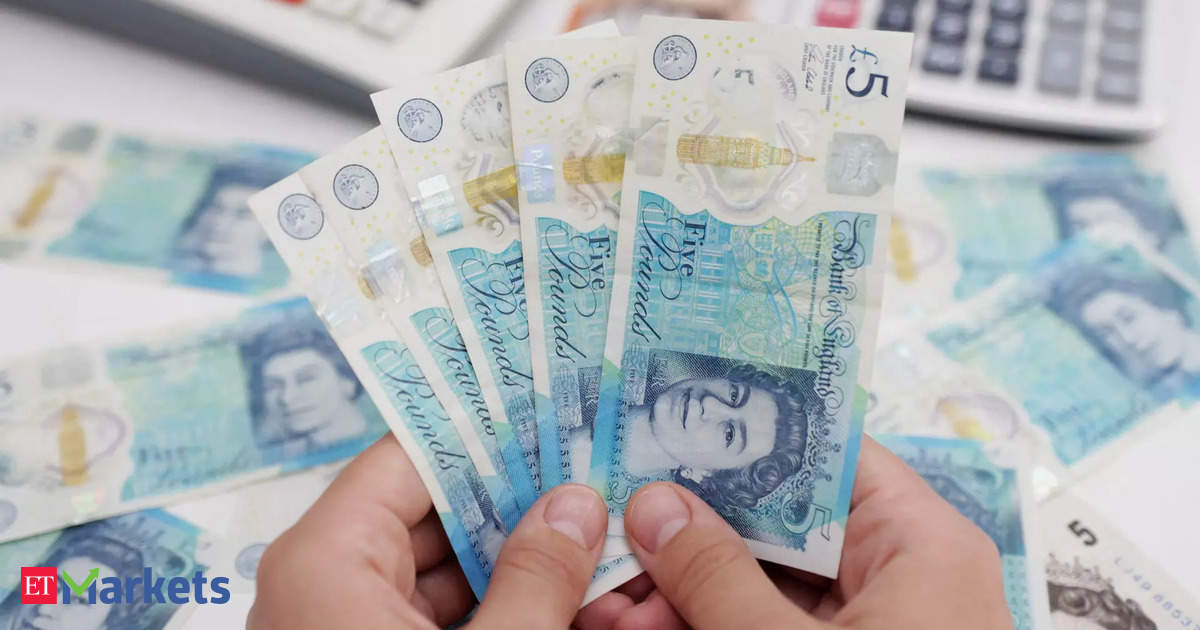Pound is beating 92% of global currencies on UK economic rebound
The reason is simple, according to analysts: Britain’s economy is looking more resilient than feared. That’s set to encourage the to keep interest rates at their current levels for longer than many of its largest counterparts, including the US Federal Reserve and European Central Bank.
While the and are seen cutting in June, traders only expect the Bank of England to begin easing in August.
“Last year the UK had the worst growth-inflation mix in major economies. Now, the economy seems to be recovering, while inflation is coming down,” said Athanasios Vamvakidis, head of G-10 currency strategy at Bank of America, who sees the rising to $1.37 by year-end. “The data mix is getting better, which supports GBP, particularly given a bearish consensus.”
The pound rose to around $1.29 last week, its highest level in seven months, recording its best week since November versus the dollar. Data in coming days could help reinforce those gains and bolster the narrative that the is making a comeback.
Average weekly earnings are forecast to show the job market in the UK remains robust, with wages rising 5.7%. Monthly gross domestic product data will likely show the economy growing again in January after a mild contraction in December, while industrial production is set to post a 0.7% annual advance, a slightly faster pace than the month prior.
The UK avoided the sharp downturn that many had predicted for 2023, but aggressive interest rate hikes that took the key rate to 5.25% still left the economy stagnating. Consumers came under immense pressure as the cost of food, energy and mortgage payments all soared, crimping spending, and business confidence plunged to its lowest since the global financial crisis.
But Bank of England Governor Andrew Bailey last month said there had been “encouraging signs” on the key indicators in the jobs market and services prices, even as he stressed that policymakers are looking for evidence that progress can be sustained. And there’s ample reason to remain cautious: UK consumer confidence for example slipped back in February, suggesting households are not ready to splash out.
Bailey’s “assertion that the worst is already over for the UK economy is finding a little traction,” said Jane Foley, the head of FX strategy at Rabobank. “This will be tested next week with the release of key data.”
The rally also comes as the market leaves behind the uncertainty surrounding the UK budget announcement last week.
Some investors had been worried the government could announce big giveaways before elections later this year — especially given the Conservatives are trailing in the polls by a wide margin to opposition Labour. Markets went into a tailspin in 2022 after Liz Truss’ government tried to stimulate growth with unfunded tax cuts.
“The fact that the pound has risen and bond yields have fallen in a Budget week is a sign of how far we have moved on from the ill-fated Truss era,” said Kathleen Brooks, research director at XTB. “The pound’s rally is also a sign of confidence in the UK, after a fairly dismal few years.”
Source: Forex-Markets-Economic Times
